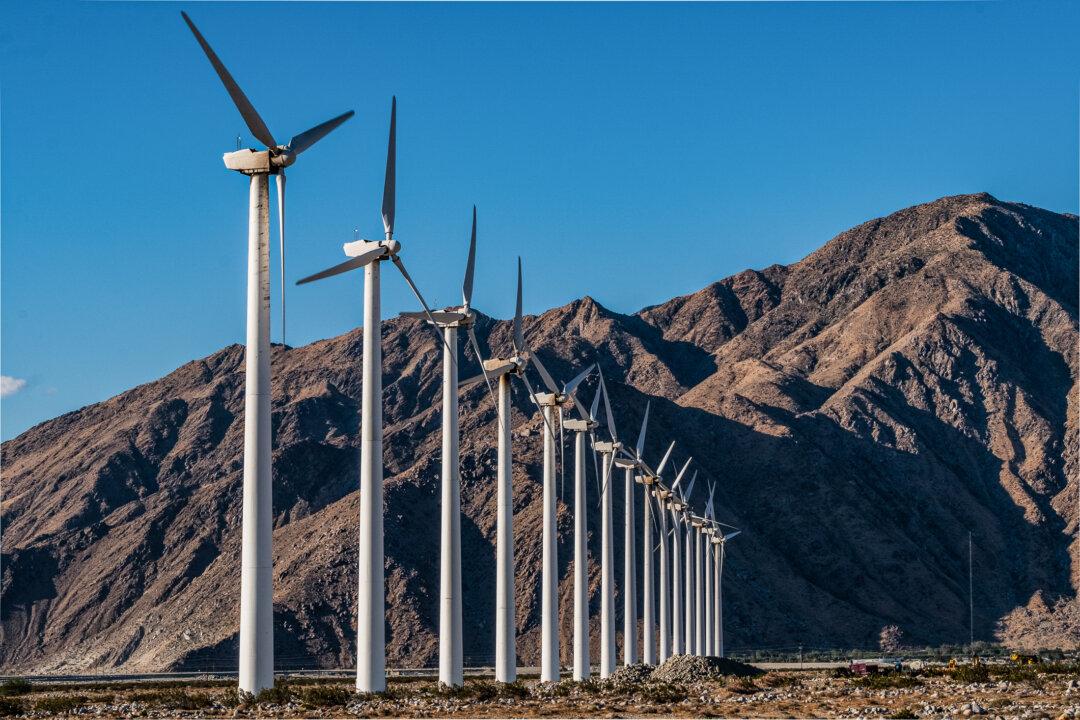A new study by German scientists has found that populations of a group of aquatic birds known as red-throated loons or “divers” have declined by more than 90 percent in the North Sea after offshore wind farms were built there.
The findings of the study, titled “Large-scale effects of offshore wind farms on seabirds of high conservation concern,” were published in Nature on April 13.




